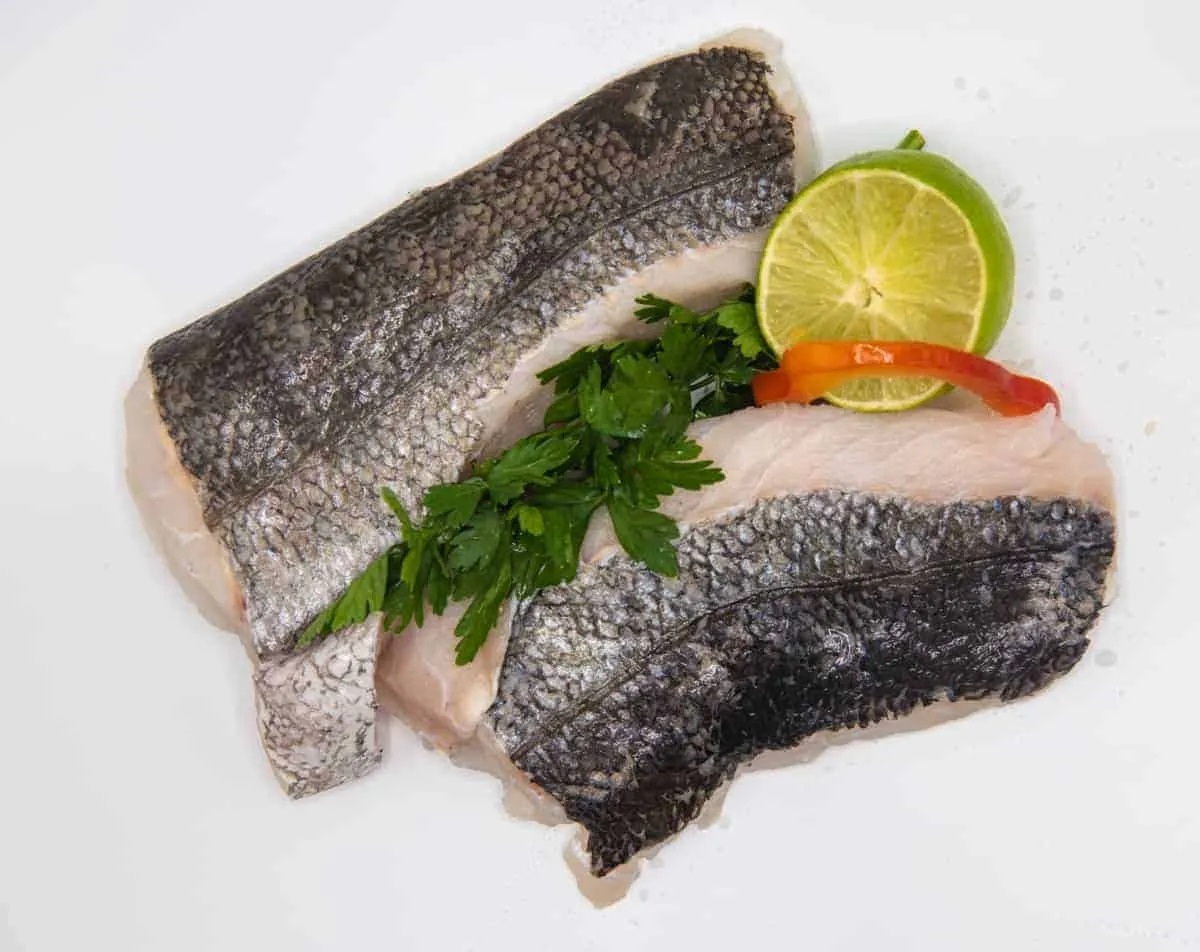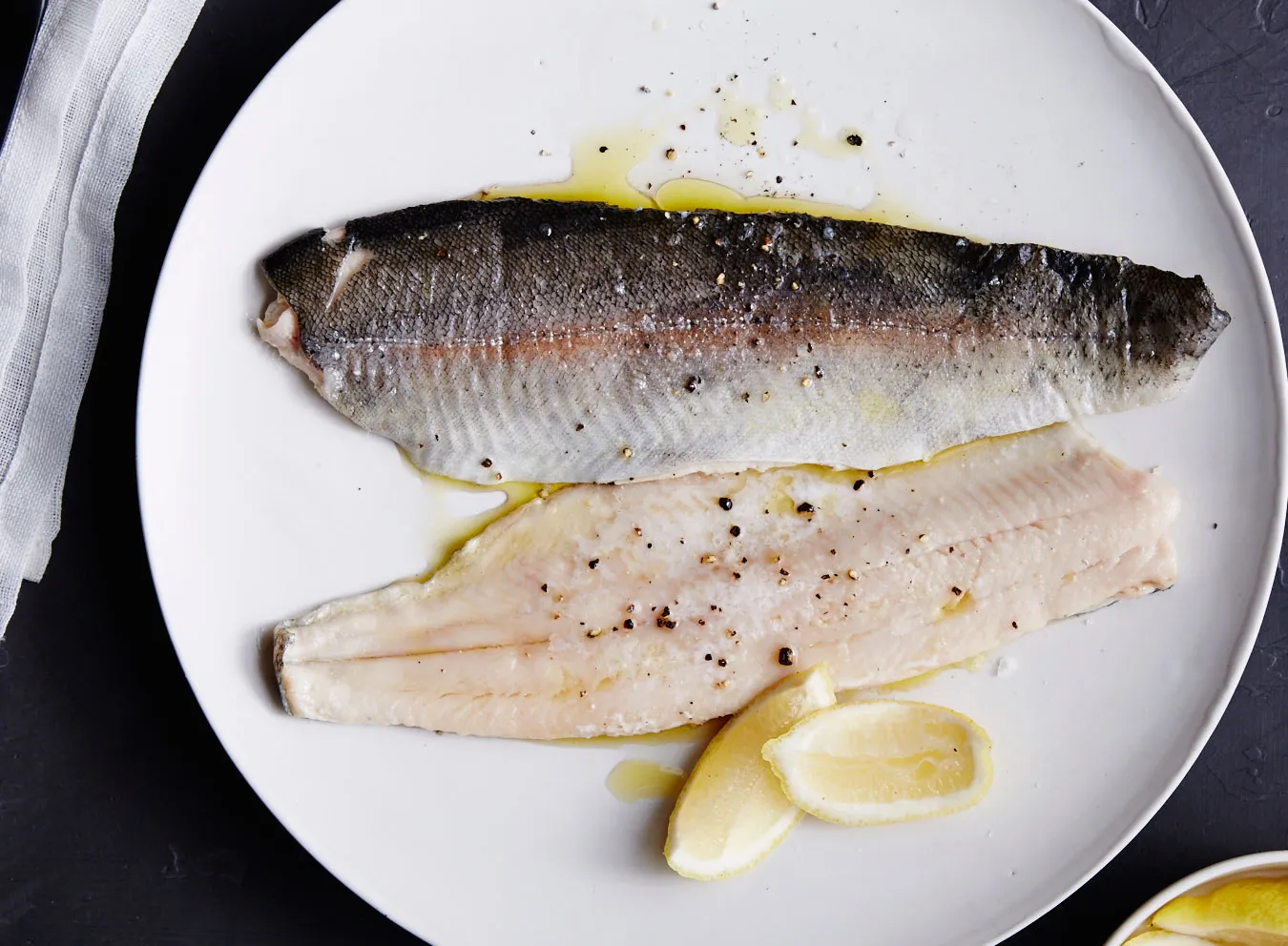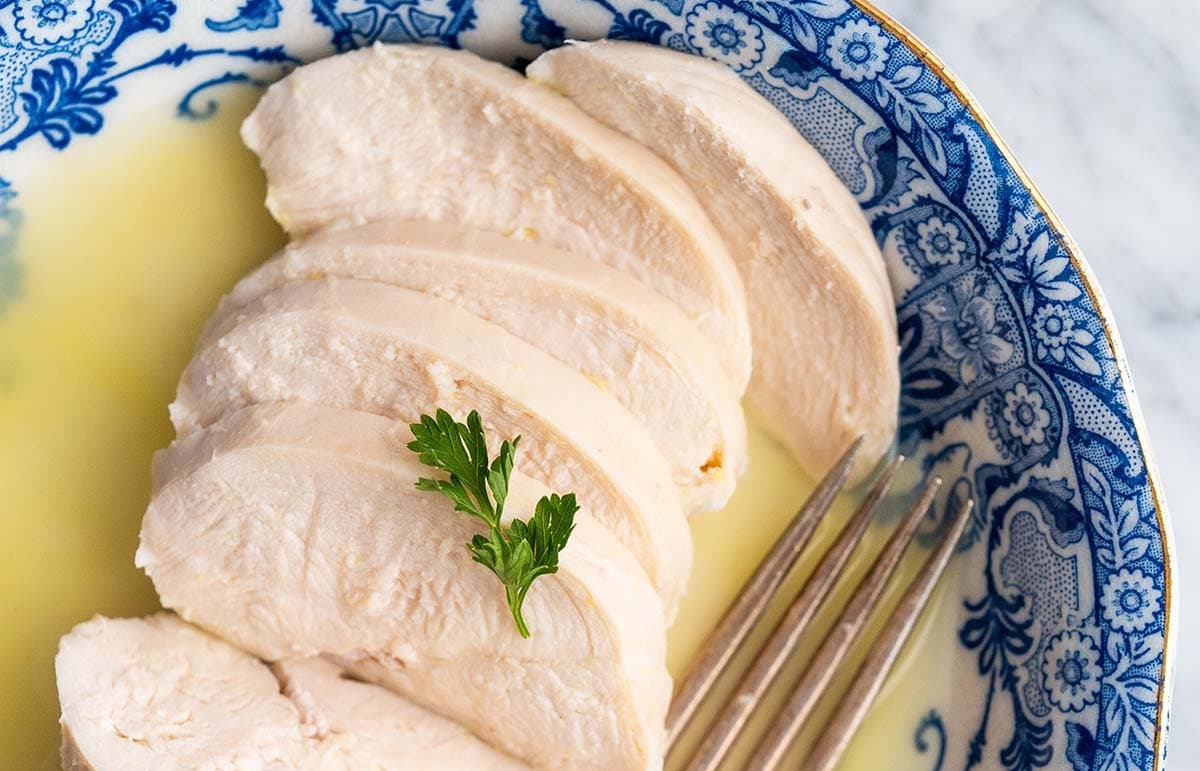Mastering the Art of Poaching Hake Fillets
When it comes to cooking fish, poaching is a gentle and flavorful method that preserves the delicate texture and taste of the fillets. If you’re looking to elevate your culinary skills and impress your dinner guests, learning how to poach hake fillets is a valuable technique to have in your repertoire. In this guide, we’ll walk you through the step-by-step process of poaching hake fillets to perfection.
Choosing the Perfect Hake Fillets
Before you begin the poaching process, it’s essential to start with high-quality hake fillets. Look for fillets that are firm, moist, and have a mild aroma of the sea. Fresh hake fillets should have a translucent appearance and a clean, briny scent.
Preparing the Poaching Liquid
The poaching liquid is the key to infusing the hake fillets with flavor while keeping them moist and tender. A classic poaching liquid for hake fillets includes a combination of water, white wine, lemon slices, and aromatic herbs such as thyme and parsley. The acidity from the wine and lemon helps to enhance the natural sweetness of the hake, while the herbs add a subtle, fragrant note.
- Fill a large, shallow pan with the poaching liquid, ensuring that the liquid is deep enough to fully submerge the hake fillets.
- Bring the poaching liquid to a gentle simmer over medium heat, being careful not to let it boil.
Seasoning the Hake Fillets
Before adding the hake fillets to the poaching liquid, it’s important to season them generously. A sprinkle of salt and pepper on both sides of the fillets will enhance their natural flavors and complement the poaching liquid.
Poaching the Hake Fillets
Once the poaching liquid is gently simmering and the hake fillets are seasoned, it’s time to carefully add the fillets to the pan.
- Gently lower the hake fillets into the poaching liquid, making sure they are fully submerged.
- Allow the fillets to poach for 8-10 minutes, or until they are opaque and flake easily with a fork.
- Be mindful not to overcook the hake fillets, as they can become dry and lose their delicate texture.
Serving the Poached Hake Fillets
Once the hake fillets are perfectly poached, carefully remove them from the poaching liquid using a slotted spatula. Transfer the fillets to a serving platter and garnish them with fresh herbs and a squeeze of lemon juice for a vibrant finish.
Poached hake fillets pair beautifully with a variety of side dishes, such as steamed vegetables, fluffy rice, or a crisp green salad. The moist and flavorful nature of poached hake makes it a versatile ingredient that can be enjoyed in a multitude of culinary creations.
Conclusion
Mastering the art of poaching hake fillets is a valuable skill that allows you to savor the natural flavors and delicate texture of this delectable fish. With the right technique and a few simple ingredients, you can create a stunning dish that is sure to impress. Whether you’re hosting a dinner party or simply treating yourself to a gourmet meal, poached hake fillets are a delightful addition to any culinary repertoire.
So, the next time you’re craving a seafood sensation, consider poaching hake fillets for a dish that is as elegant as it is delicious.
The reader can try out several recipes that utilize the skills and techniques from the guide on how to poach hake fillets. For a classic approach, Poached Hake with Lemon Butter Sauce offers a rich and tangy flavor profile. Those who enjoy Mediterranean flavors should give Mediterranean Poached Hake Fillets a go, as it combines the delicate fish with bold, aromatic ingredients. For a more herbaceous and savory option, Poached Hake with Garlic and Herb Infusion is an excellent choice, infusing the fish with deep, fragrant notes. Poached Hake with Tomato and Basil is perfect for those who love the fresh, bright taste of tomatoes and basil. If you're in the mood for something briny and robust, Poached Hake with Capers and Olives will satisfy with its salty and tangy components. For a tropical twist, Poached Hake with Coconut Milk and Lime brings a creamy and zesty combination that's sure to please. Poached Hake with Mustard and Tarragon offers a unique and slightly spicy flavor, while Poached Hake with Miso and Seaweed provides a savory umami experience that's both comforting and exotic.











